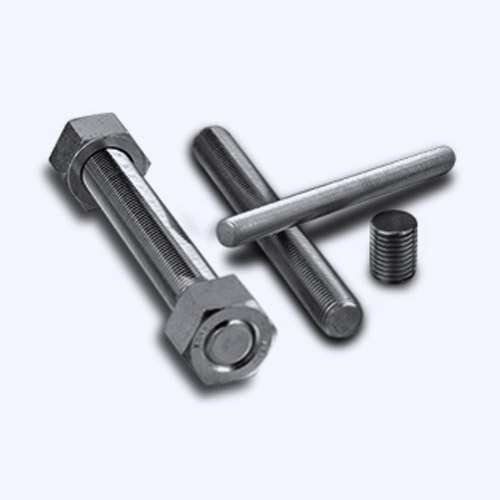Dec . 11, 2024 05:25 Back to list
Understanding M12 Fixing Bolts for Reliable Construction and Engineering Applications
Understanding M12 Fixing Bolts
When it comes to construction, manufacturing, and various mechanical applications, fixing bolts play a crucial role in ensuring the structural integrity and reliability of assemblies. Among different types of fixing bolts, the M12 fixing bolt is particularly notable for its versatility and strength. This article aims to delve deeper into what M12 fixing bolts are, their specifications, applications, and tips for proper usage.
What is an M12 Fixing Bolt?
An M12 fixing bolt is a metric bolt that has a nominal diameter of 12 millimeters. The M in M12 denotes its metric designation, while the number represents the diameter. These bolts are typically made from various materials, such as carbon steel, stainless steel, and alloy steel, to cater to different environments and mechanical demands. The grades of the bolts can vary, with higher grades providing better tensile strength and resistance to corrosion.
Specifications
1. Size The M12 refers to a diameter of 12 mm. Depending on the application, the length of M12 bolts can vary widely, typically ranging from 16 mm to 300 mm or more.
2. Thread Pitch The standard thread pitch for an M12 bolt is 1.75 mm, although fine pitches such as 1.5 mm are also available for specific applications that require tighter fastening.
3. Material and Coating M12 bolts can be manufactured from different materials depending on the requirements of their application. Common materials include - Carbon Steel Typically used for general applications. - Stainless Steel Best for environments that may experience moisture or chemical exposure. - Alloy Steel Offers high strength suitable for heavy-duty applications.
4. Strength Grades Bolts are rated by strength grades such as 4.6, 8.8, 10.9, and 12.9. The first number indicates the minimum yield strength in megapascals (MPa) divided by 10, while the second number indicates the minimum tensile strength in MPa divided by 10.
Applications
M12 fixing bolts are incredibly versatile and find applications in various industries, including
m12 fixing bolts

- Construction Used in structural components, such as steel beams and brackets. - Automotive Commonly used in engine components, chassis fixtures, and subassemblies. - Manufacturing and Machinery Ideal for fastening different parts of machinery and equipment securely. - Furniture Assembly Frequently seen in modular furniture and fittings, where a strong connection is needed.
The versatility of M12 fixing bolts allows them to be used in both permanent and temporary applications. It is crucial to select the appropriate type of bolt based on the specific requirements of the project.
Tips for Proper Usage
To maximize the efficacy of M12 fixing bolts, consider the following best practices
1. Torque Specifications Always adhere to manufacturer specifications for torque settings. Over-torquing can lead to bolt failure, while under-torquing can result in loosening over time.
2. Thread Compatibility Ensure that the bolt thread matches the female thread of the corresponding nut or tapped hole. Mismatched threads can lead to stripping or failure.
3. Environmental Considerations Choose the right material based on the environment the bolt will be exposed to. For example, stainless steel is preferable in humid conditions, while carbon steel might suffice in dry environments.
4. Regular Inspection In critical applications, regular inspection of bolts is advisable to ensure their integrity. Look for signs of wear, corrosion, or deformation.
5. Proper Storage Store M12 fixing bolts in a dry and clean environment to prevent rusting and corrosion, particularly for those made of carbon and alloy steel.
Conclusion
M12 fixing bolts are an essential component across a multitude of industries due to their strength and versatility. Understanding their specifications, applications, and proper usage can significantly enhance assembly reliability and safety. Whether in construction, automotive, or manufacturing contexts, ensuring the right selection and application of M12 fixing bolts can lead to more robust and durable results. Ultimately, the careful choice and handling of these bolts are key to achieving successful engineering outcomes.


